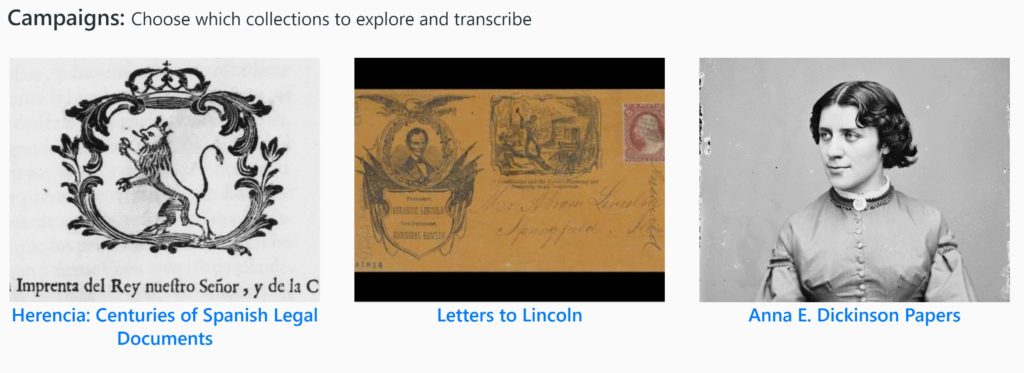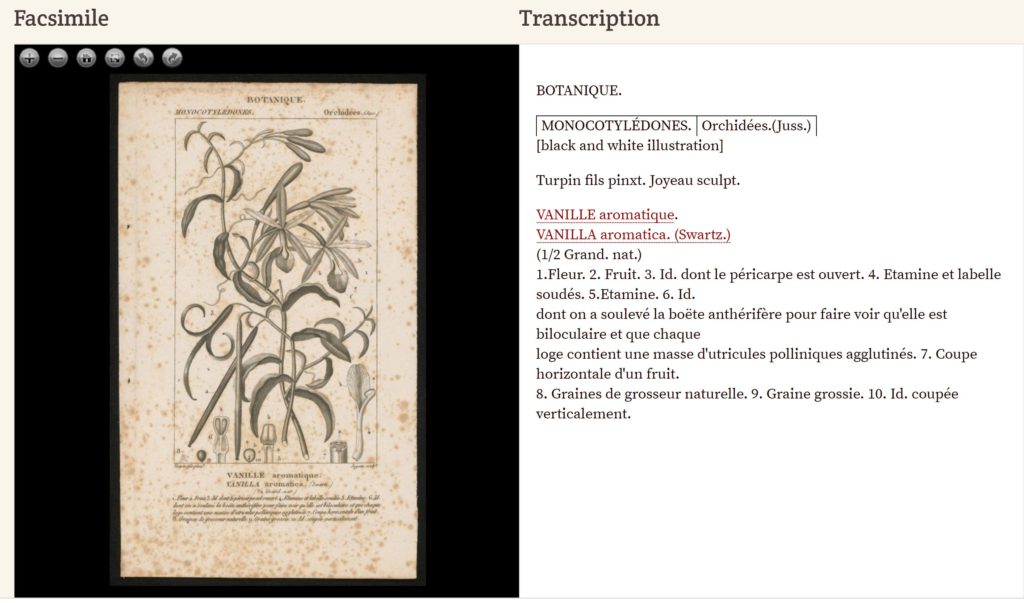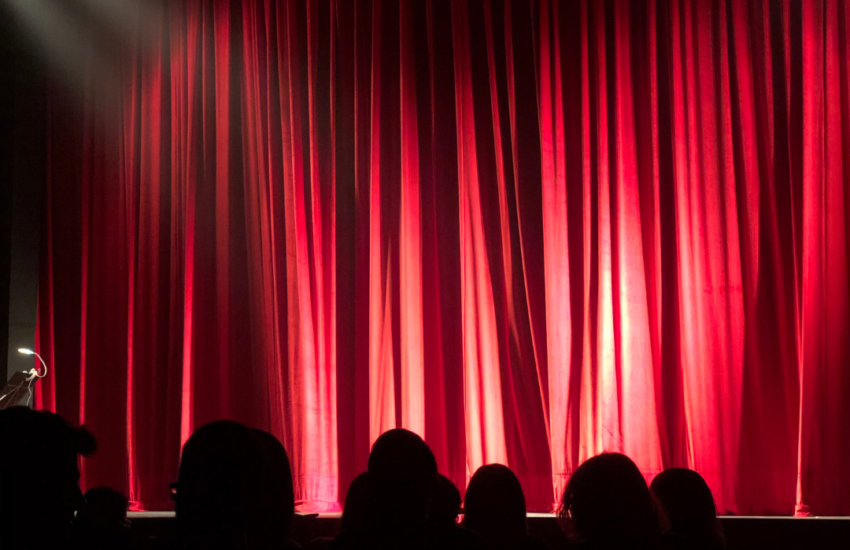Crowdsourcing Projects for Cabin Fever
By Mariah Lewis, Metadata Management Librarian
Staff at the Fordham University Libraries are always on the lookout for resources to help the Fordham community in this extraordinary time. Be sure to follow all of the Fordham Libraries’ social media accounts to keep up with our updates on resources and news!
What is crowdsourcing?
Crowdsourcing is a relatively broad term that refers to any type of project enlisting a large group of people to complete it. The projects are usually done over the internet and, ideally, can be done from the comfort of your home.
How can crowdsourcing benefit me?
With the new lifestyle and teaching style that COVID-19 has created, the availability of projects done over the internet can be a great option to use in your curricula. There are many projects in the sciences and humanities that highlight the importance of primary resources. These types of projects can also be utilized as a hobby for when cabin fever sets in.
Who can take part in crowdsourcing projects?
Different projects have different needs, but with so many crowdsourcing projects there is something for everyone! Many crowdsourcing projects are open to the public and come in a variety of topics and even different languages. Take a look at some of the different crowdsourcing projects below to see if any fit your needs or interests! Please note that you may need to create a free account to track your contributions.
Smithsonian Transcription Center

The Smithsonian Transcription Center allows the public to engage with materials from the Smithsonian Museums and Libraries. It also allows Smithsonian content to be more accessible by diving into the contents of these cultural and historical items. There are three components to the Smithsonian’s projects: transcribing, reviewing and approval by Smithsonian staff. Featured projects include “Women’s History,” “Transcribe Girlhood History,” and “Biodiverse Planet.” The website also allows users to browse through different projects based on categories including by museums and archives and project themes.
Library of Congress: By the People

The Library of Congress created an online crowdsourcing website that allows users to transcribe, review and tag digitized manuscripts and typed materials. The work done by volunteers helps improve searchability, readability and access to handwritten and typed documents, especially for those with visual disabilities. Users select a “campaign” to join to work on a specific collection. Some of the available campaigns include “Suffrage: Women Fight for the Vote,” “Letters to Lincoln,” and “Clara Barton: Angel of the Battlefield.” There is also a campaign for those who know Latin, Spanish, or Catalan titled “Herencia: Centuries of Spanish Legal Documents.”
NASA Science: Share the Science

NASA has put together a number of projects created by scientists in order to connect with the public. These crowdsourcing projects are also referred to as “citizen science.” The contributions of these citizen scientists have helped with many discoveries. The projects are organized into four different categories: solar system, earth, universe and sun.
Chicago Botanic Garden: Scientific Notebooks

The Chicago Botanic Garden received a grant to help transcribe its scientific notebooks. Many scientists and botanists wrote their findings in notebooks. “Optical Character Recognition” that allows text to be read and searched by machines are not yet able to transcribe handwritten content. Users are invited to help transcribe the notebooks to bring to light the research done in the field. Many of the notebooks include botanical illustrations.
Zooniverse

Zooniverse brings together a number of projects in a variety of disciplines including the arts, biology, climate, history, language, literature and medicine. The projects can go far beyond transcribing letters and can help make an impact in a number of areas. There is even a space to collaborate with other volunteers on the projects.
Header image credit: Image by Gerd Altmann from Pixabay


